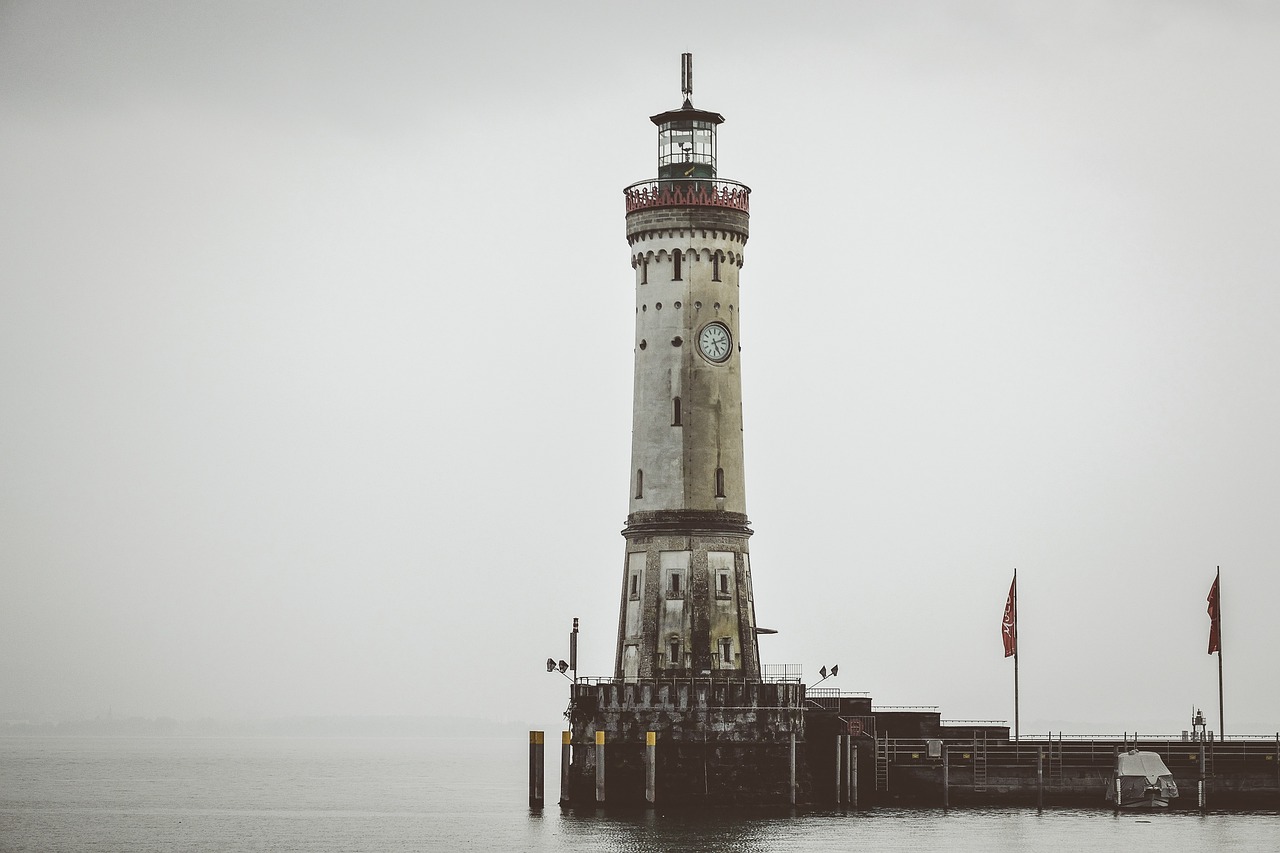
The Origins of National Lighthouse Day
National Lighthouse Day, observed annually on August 7th, commemorates the signing of the Act for the Establishment and Support of Lighthouse, Beacons, Buoys, and Public Piers by the U.S. Congress on August 7, 1789. This act placed lighthouses under federal control, recognizing their crucial role in maritime safety.
The Evolution of Lighthouse Technology
Lighthouses have evolved from simple fire beacons to sophisticated automated systems:
- Ancient times: Open fires on hilltops
- 18th century: Advent of the Fresnel lens, increasing light intensity and range
- 20th century: Transition to electric lamps and automated systems
- Present day: GPS and radio beacons complement traditional light signals
Source: United States Lighthouse Society
Curiosities and Unusual Events
- The Flying Dutchman Lighthouse Mystery: In 1900, three lighthouse keepers vanished without a trace from the Flannan Isles Lighthouse in Scotland. The table was set for a meal that was never eaten, and one keeper’s oilskin coat was left behind despite stormy weather. This unsolved mystery has inspired numerous theories and a poem by Wilfrid Wilson Gibson.
- The Lighthouse That Moved: The Cape Hatteras Lighthouse in North Carolina, the tallest brick lighthouse in the United States, was moved 2,900 feet inland in 1999 due to shoreline erosion. The 23-day relocation process involved lifting and moving the entire 4,830-ton structure.
Source: National Park Service
- Lighthouse Keeper’s Unusual Pet: In the 1930s, keeper Octave Gingras of the Île Verte Lighthouse in Quebec kept a pet seal named Émile. The seal would follow Gingras around the island and reportedly warned him of approaching boats by barking.
Source: Lighthouse Friends
Did You Know?
- The oldest working lighthouse in the United States is the Sandy Hook Lighthouse in New Jersey, built in 1764.
- The tallest lighthouse in the United States is the Cape Hatteras Lighthouse in North Carolina, standing at 193 feet.
- Some lighthouses are believed to be haunted, such as the St. Augustine Lighthouse in Florida, which has been featured on ghost-hunting television shows.
Source: American Lighthouse Foundation